COMPARATIVE PRODUCT TESTING METHODOLOGY
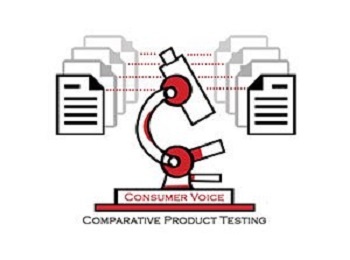
Consumer VOICE is the only organization in India, undertaking independent and unbiased Comparative Product Testing since 1991. It all began in 1986 when the Indian Government sent its engineers to Stiftung Warentest in Berlin under Indo German Technical Co-operation Program. After getting technical advice from Stiftung Warentest, the Government appointed the Sathi Nair Committee in 1989 to examine VOICE’s proposal for pilot Comparative Testing Project on colour TVs. The proposal was finally accepted in 1991 and Consumer VOICE began testing of 12 brands of 20 inches colour TVs. Since then Consumer VOICE has tested 245 food products and consumer durables of 1000s of brands. We have extended our testing programmes to finance and banking services as well.
COMPARATIVE PRODUCT TESTING AT VOICE IS A STRINGENT 6 STAGE PROCESS
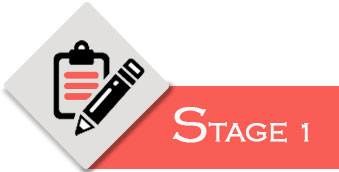
TEST PROGRAMS
Development of test program
Drafts of test programs for Comparative Testing are prepared in accordance with the national standards laid down by BIS, FSSAI and other national regulatory authorities. Technical experts of Consumer VOICE explore & gather technical details of the finalized products. Based on the existing standard requirements, test methods, test procedure, test lab, technology, and reference documents are developed.
Send test program to manufactures
Drafts of test programs are sent to all manufacturers and institutions so that they agree to our methodology and do not object when the results are published. Test programs are finalized after consultation with major stakeholders like industrial associations, companies and manufacturers. The comments received are incorporated in test programs suitably to avoid any confusion.
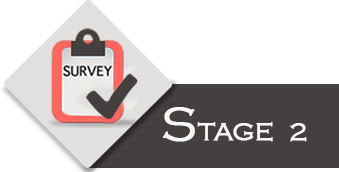
PREPARATION FOR TESTING
Lab finalisation
To ensure that the test results are absolutely accurate and to guarantee confidentiality and accountability, the test laboratories selected for testing are NABL accredited as per International Norms (IS/ISO 17025). Regular contacts are maintained with various labs to know feasibility, test charges and NABL status.
Market survey
In order to identify major and most selling brands, exploratory research is conducted through various reliable sources like websites, TV, Newspapers, advertisements and retail surveys of Delhi & NCR markets etc. Identified brands and models are then finalized once approved by the Ombudsmen Committee.
Ombudsmen Committee
As per the guidelines of Sathi Nair Committee, an Ombudsmen Committee was set up, consisting of representatives from industry and other stakeholders to give approval of brands and testing parameters and also to oversee the process of testing if necessary. As a matter of policy, the approval of the finalized brands and models emerged from the market surveys and test programs, is taken from the Ombudsman Committee.

SAMPLE SELECTION AND PREPARATION
Sample purchase
Samples of products are purchased through the normal retail channels preferably authorized dealers and a cash memo is always obtained with details like serial number, name of purchaser and date etc. It ensures that the company does not deny the authenticity of the sample in case of failure of a sample.
Masking and coding
To ensure unbiased testing and no compromise of test results, all the samples are masked and coded. The name and logo, model number is masked so that it is not readable. Codes are given as A, B, C etc. and label information is noted down before handing over to the lab staff.
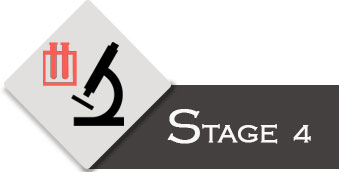
TESTING AND MONITORING
Samples sent to laboratories
After coding and masking of the products, samples are sent to testing locations located at various cities. Great care is taken in the transportation to ensure that samples are not spoiled, destroyed or damaged.
Lab testing and monitoring
Consumer VOICE’s technical team maintains regular contacts with laboratories to monitor the testing to ensure that correct methodology and schedule is adhered to. Regular visits to the laboratories are required to minimize the discrepancies.
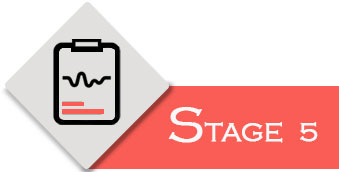
RESULTS AND REVIEWS
Test results grading and rating
The performance on each parameter is compared with standard requirements and also converted into a consolidated comparative chart showing scores against each parameter and overall score of brands.
Lab report evaluation
The detailed test report as received from Laboratory is evaluated and analyzed by the experts to ensure that all parameters which were agreed upon have been tested.
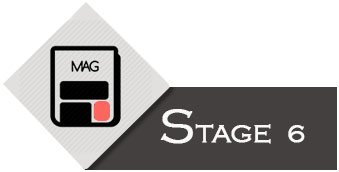
TEST REPORTS DISSEMINATION
Send results to manufactures
As per policy on transparency and giving opportunity to manufacturers, test results are sent to individual manufacturers for their comments. The suggestions received from the manufacturers are taken care before evaluation and publishing of the test reports. Since, the tests are performed by following strict standards; there are few chances of retest. If at all the need of retest arises, it is conducted immediately.
Publish test reports
To make the technical reports more reader friendly, our Editorial Team rewrites the technical reports. The key findings and value for money with recommendations are highlighted and converted into a reader friendly language in our Consumer VOICE Magazine (English and Hindi) and Product Reviews section on our website.
